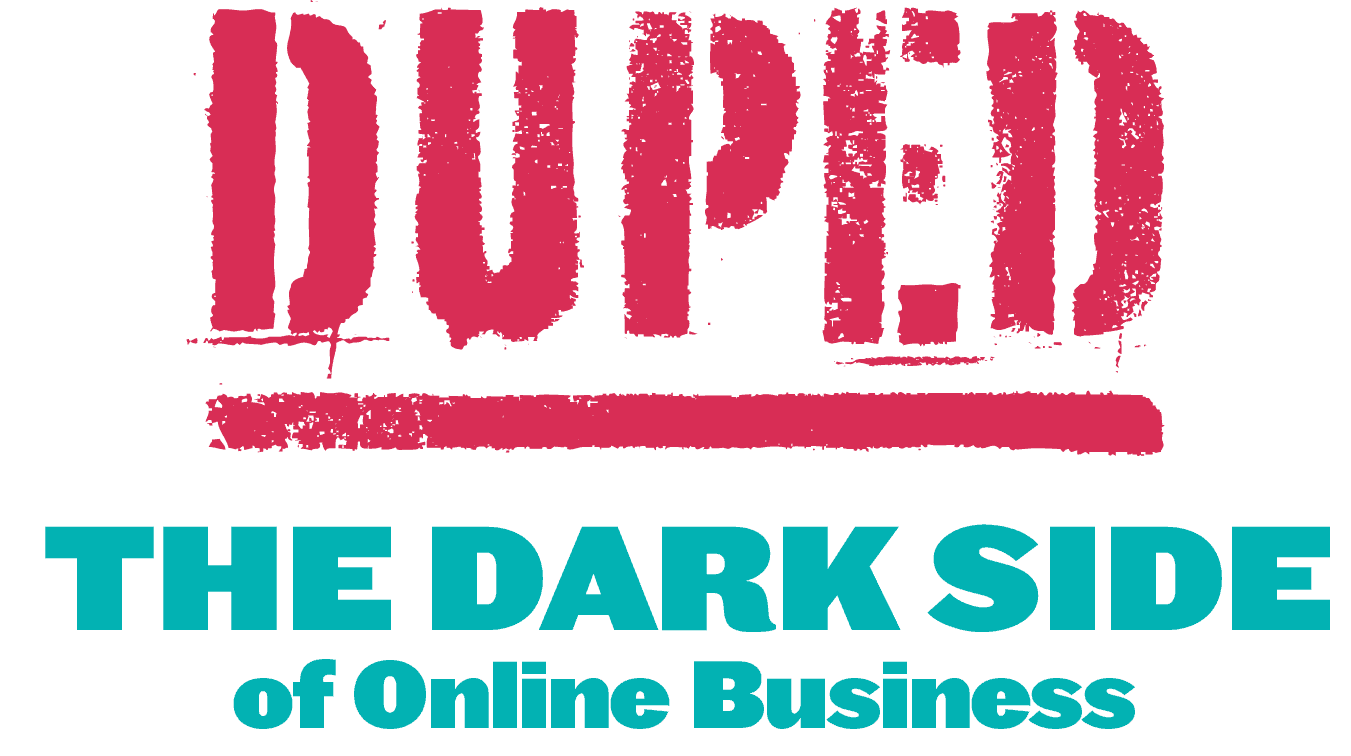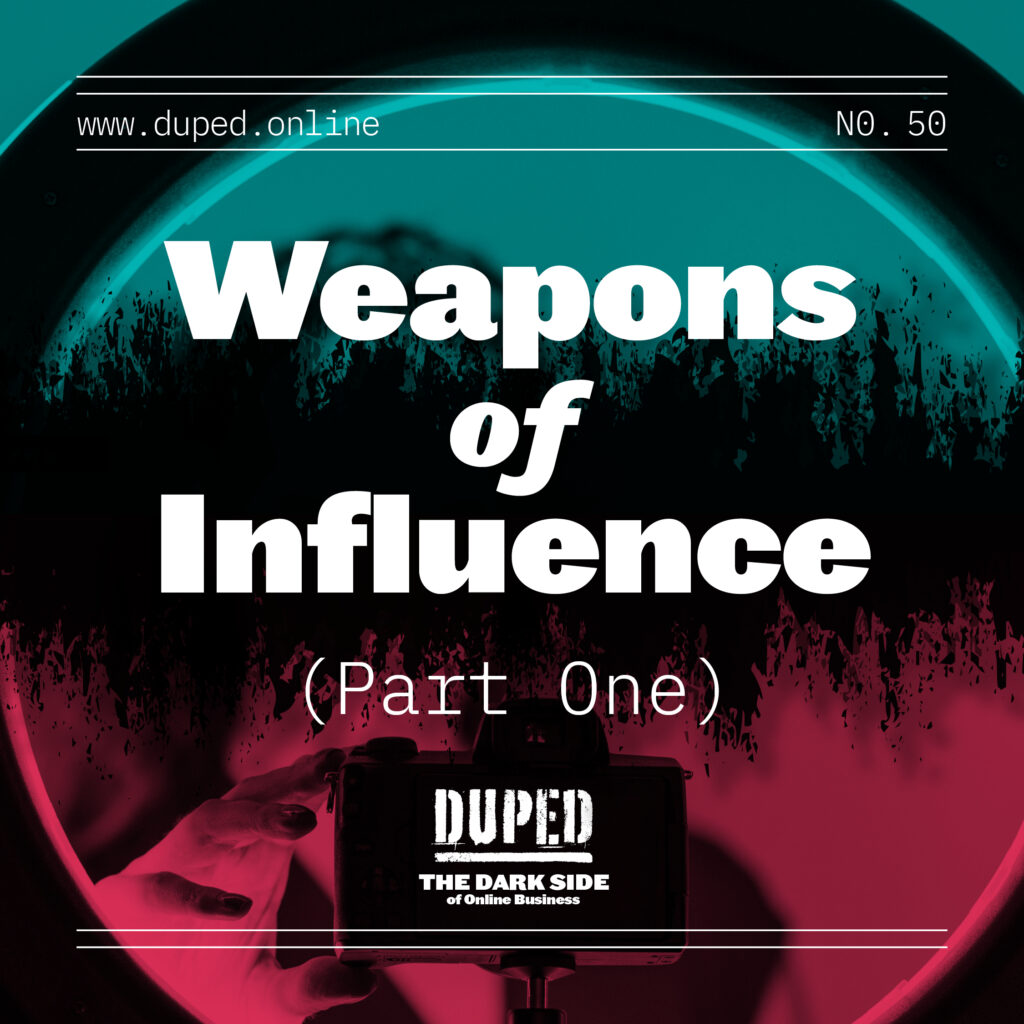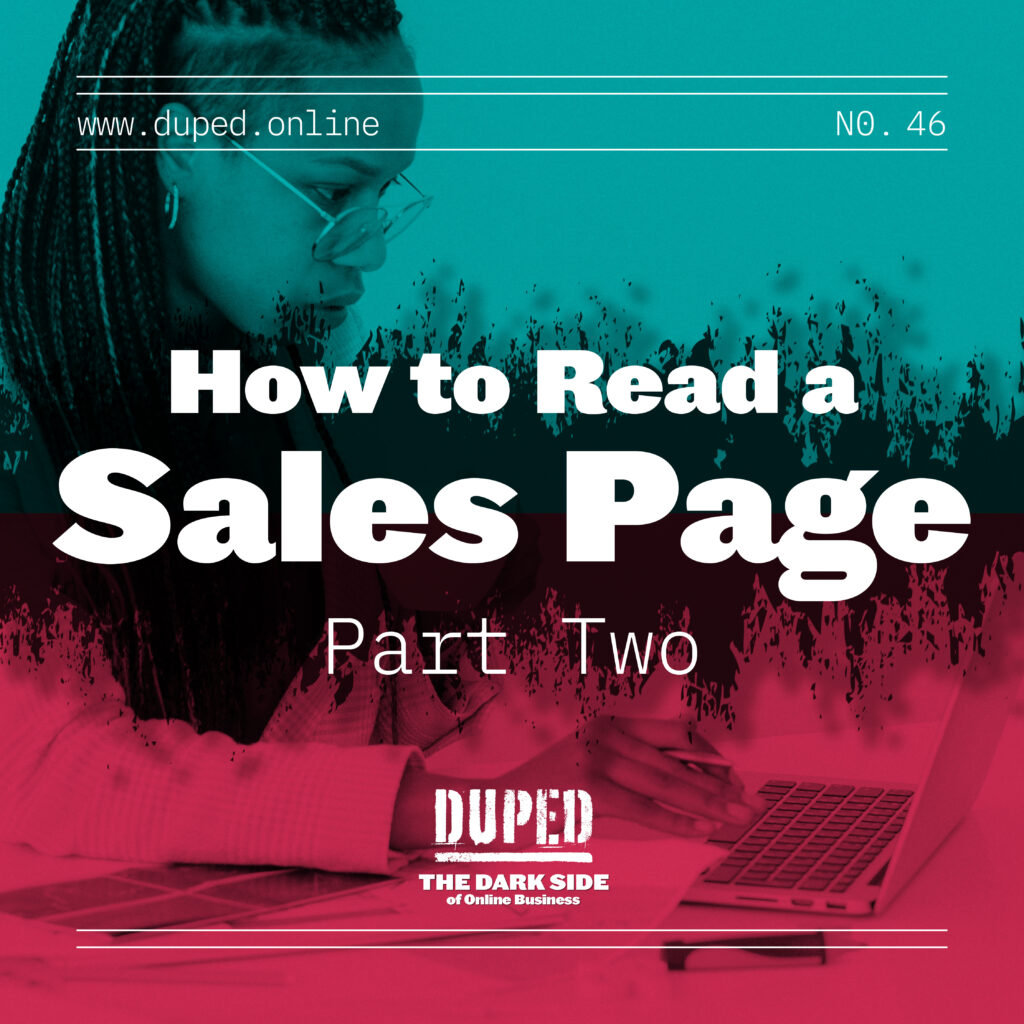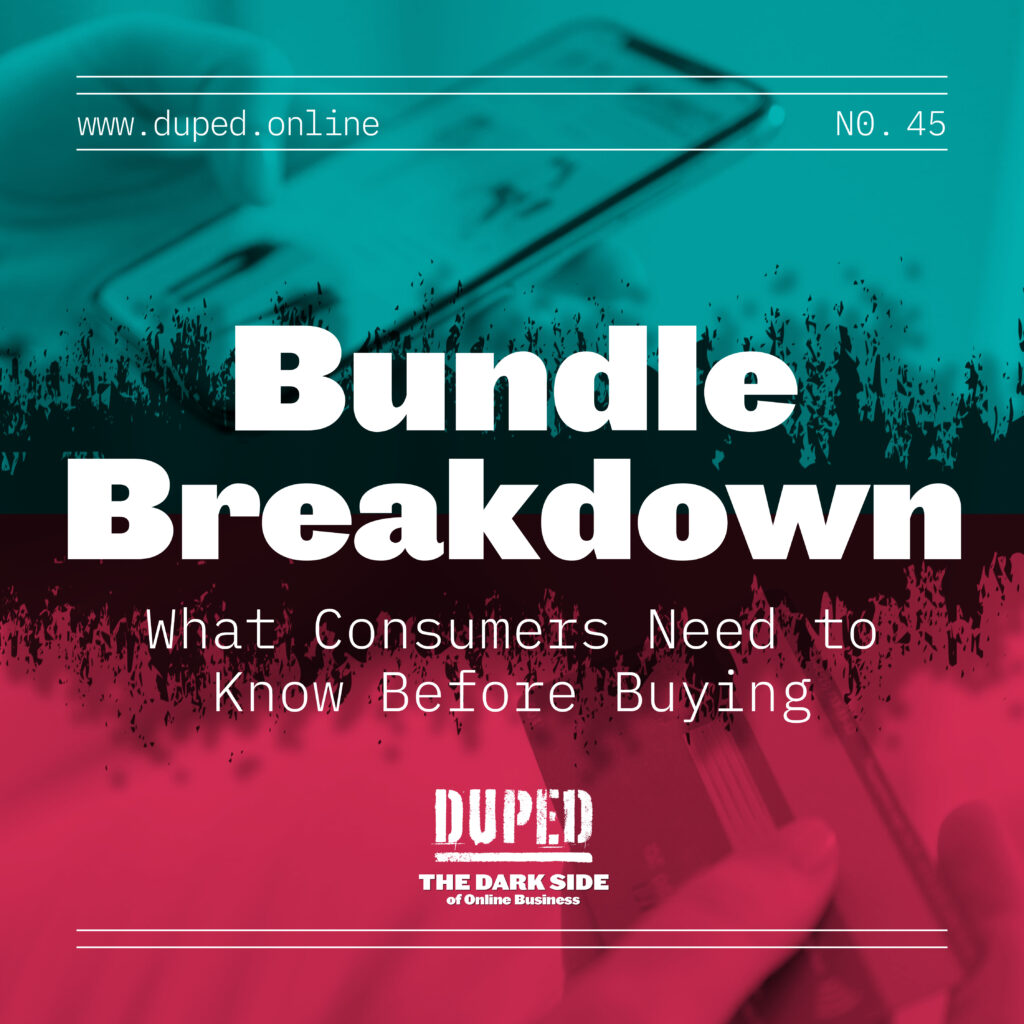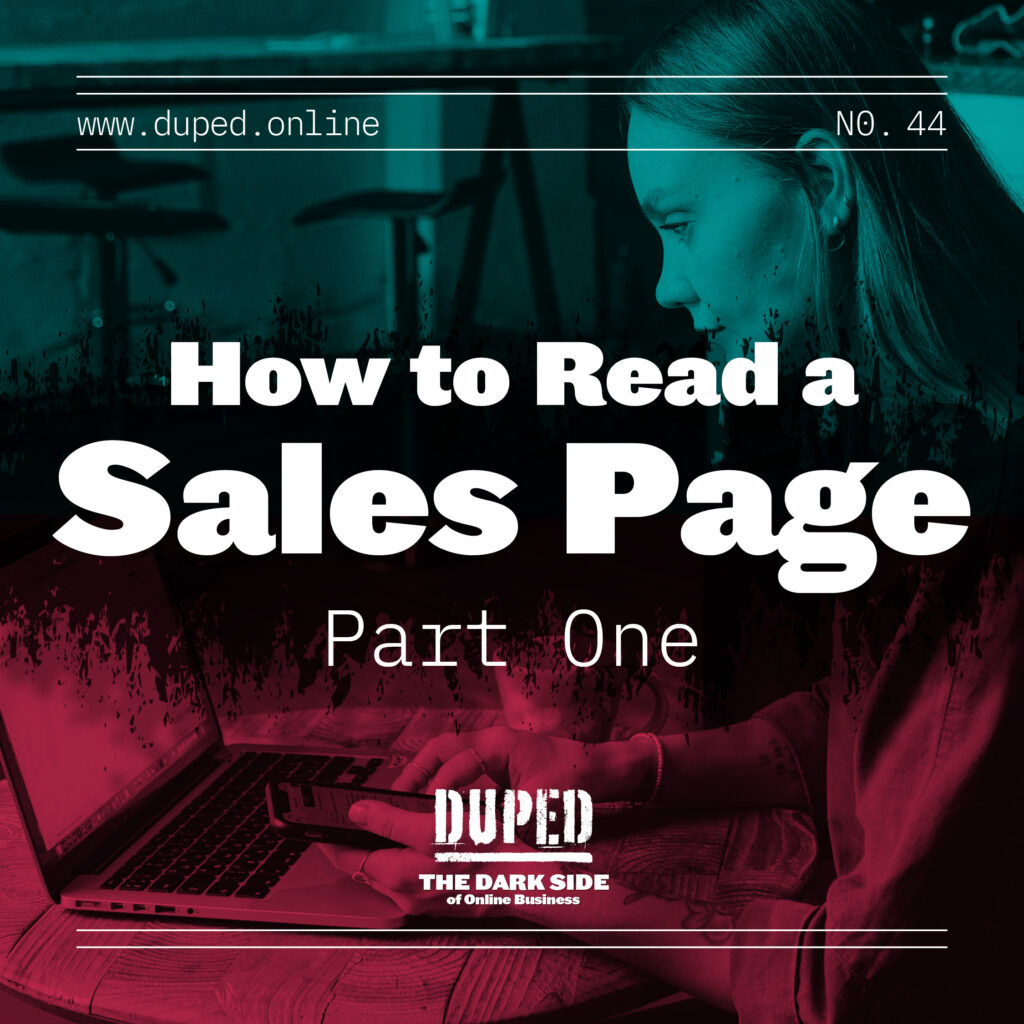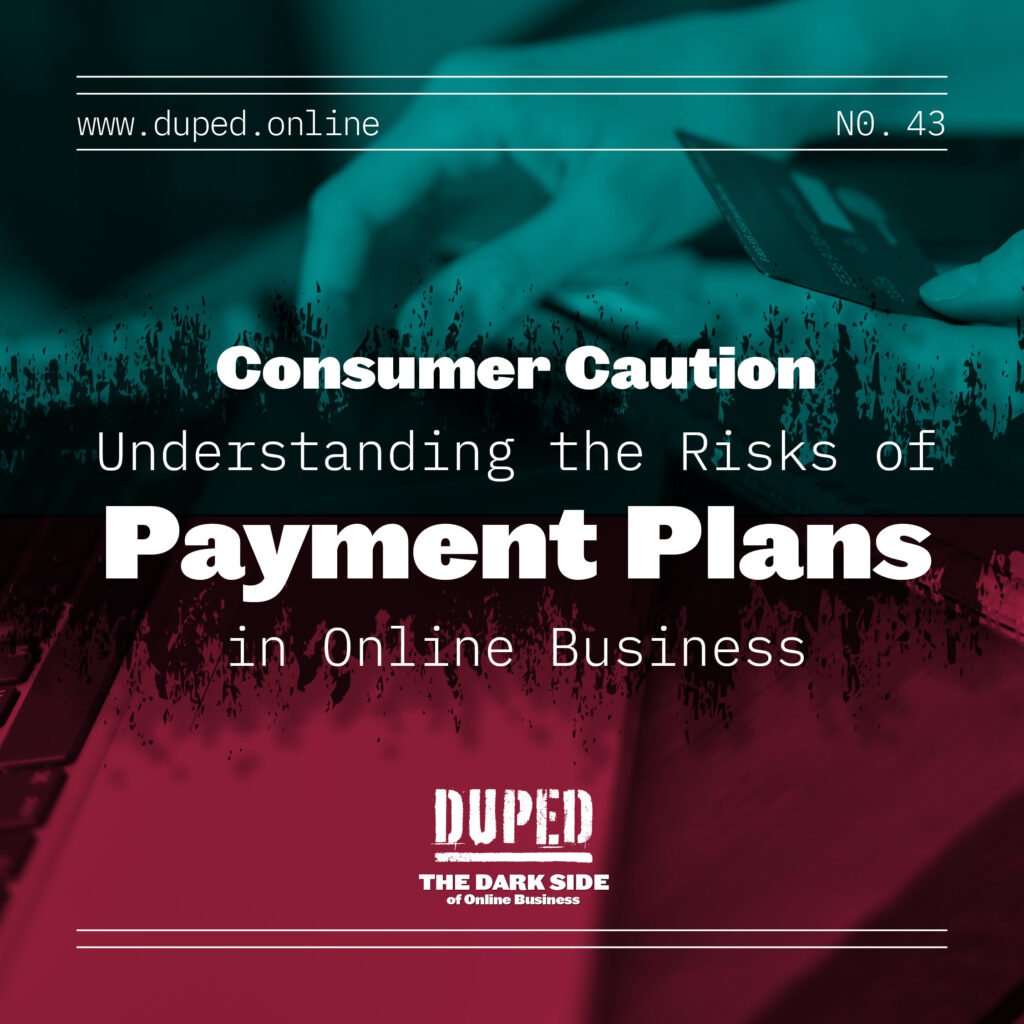
Consumer Caution: Understanding the Risks of Payment Plans in Online Business
Building on our previous episode about Payment Pitfalls, where we explored guarantees, terms and conditions, and refunds, we now focus on the actual money exchange in the online business world.
This episode is designed to equip you, the consumer, with the knowledge to make informed decisions about what you buy and how you pay for it.
As always, this episode contains nuance, so we encourage you to consider what’s best for you and balance that out with potential risk.

Payment plans in and of themselves aren’t at all problematic. It’s a way to pay for things over time or break more significant investments into smaller increments. Think about when you subscribe to a new tool. You can choose the annual plan or the monthly one.
Maggie likes payment plans both as a consumer and as a business owner. While she’s often paid in full or for a year in advance, she’s also used payment plans to make some purchases more manageable. As a business owner, Maggie loves the monthly recurring revenue of having people pay every month, making it easy for her to manage cash flow
As we just discussed, payment plans can be really helpful for consumers and business owners. The real problem comes with how they’re weaponized by celebrity entrepreneurs and used to handle sales objections. They’re also punitive sometimes, as they levy a poor tax on those who use them
Let’s look at these issues in more detail.
Handling Sales Objections
This is one of the most prevalent tactics, as the payment plan exists to break the payment into smaller chunks. It’s much more appealing to pay $2000 monthly for six months than $10,000 at once for most people.
This is a case of price anchoring. When you see the pay-in full price versus the monthly price, the payment plan looks like a great deal, making it much easier to say yes.
This is especially true when you consider that so many programs make incredibly unrealistic promises about the money you’ll make if you enroll. The price anchoring is accompanied by other strong-arm sales tactics to get you to buy.
The Payment Plan Markup
In the scenario above, if you use the payment plan, you’ll pay $2000 a month, or $10,000, which is 20% more than if you could pay in full. When you consider that most people use the payment plan and that the 20% is most likely more than the cost of administering the payment plan, you quickly see how this is predatory.
It comes down to asking why they must charge so much extra for a payment plan. Multiple things can be at play here. First, they have an internal problem related to people defaulting, which can indicate that things aren’t what they seem. Then, there’s the potential that they’re charging more for the payment plan to generate additional revenue.
Payment plans are often pitched as an “accessible” way to join, but we must question if this is truly accessible when the markup is 20% or more. That extra charge isn’t what it seems.
How much is a reasonable amount for a markup?
Important context related to paying in full here is that you have little recourse if things go south with a program or coach. You’re most likely out the money if there aren’t any refunds. You simply don’t have any leverage.
Just-Added Extended Payment Plans
Closely related to the markup issue is the practice of adding an extended payment plan option at the end of a launch. It’s usually billed as something people have been asking for, but the reality is that it’s a tactic to bring in more sales using urgency, as it’s only for a very limited time.
That pressure, combined with a new lower price point, can entice people to buy when they’re not in a position to do so. We’re not here to tell you how to spend your money, but again, you need to question why they need to add this option. Is it because their sales are lagging? Do they want to add pressure so you buy? What’s the motivation behind it?
With extended payment plans, you must look at exactly how many payments there will be with this new option. It’s not uncommon for this payment option to go on for months and months once you’re done with the program or course. I’ve seen them go on for 24 months as it was a way to get the dollar amount for the payment down.
There’s value in offering customers a way to make the payment fit their budget as long as it’s not about adding pressure.
For example, when I launched the Staying Solo Squad last fall, I gave people signing up early the option to pay in 8 payments instead of 6. The payments would be over by the end of the cohort, and there was no additional cost for using a payment plan.
Pay in Full Incentives
A common tactic with launches is giving people who pay in full a bonus. This sounds good, but it looks shady when you consider the potential motivations for doing so.
Why does someone who pays upfront get something the rest of your people don’t? Why are people using the payment plan being punished?
We don’t believe everyone who does this is acting with nefarious purposes in mind, but rather, this has become super normalized and we need to question it. When you consider why someone who’s scammy is doing it, it’s likely because they want the infusion of cash upfront, AND they know that if you’ve paid, they’ve got you hook, line and sinker.
Third-Party Payment Services
In the last two years, online businesses have embraced third-party payment services like Elective (formerly Wizebank). This is a way for sellers to de-risk offering payment plans, as the service takes on the risk and handles failed payments and collections.
The sales pitch for Elective is that you can get an increase in conversions and order value. The website literally says, “overcome your #1 objection price!), so the intent of offering this financing option is clear.
As a consumer, using one of these services eliminates the payment plan markup, but you’re making a tradeoff. They require credit approval and perform a “soft check” to ensure you qualify. Then you pay using your preferred Visa/Mastercard debit method or a major credit card.
The reality is that these services make it easy to spend money you don’t have if you have good credit. Credit approval takes about two minutes in the US, so you can easily make a binding commitment before you have time to engage your critical thinking.
The Risk is Real: Payments Can Be Problematic
When you decide to buy something, making the payment starts your relationship with the seller. You want to watch for these potential problems as they may be red flags about how someone runs their business.
Remember, the seller usually has more power in the relationship (read those T&Cs), and refunds aren’t necessarily an option. Carefully considering their payment approach will give you insight into their business practices and goals.
Here are questions to ask before you buy:
- Is the payment plan being used to handle objections? Consider why they need to handle objections at all and why they’re trying to coach you across the finish line.
- What type of markup is on the payment plan? Be clear about how much extra you may be paying to use the payment plan and question why that markup exists.
- What are the risks of paying in full? Paying in full can be enticing, but you can incur additional risk as you have little recourse if things go sideways. That bonus may not be worth it
- Should you consider using a third-party payment service? Explore why a business may be offering a payment service to consumers. How do they benefit by selling more and what do you get as a consumer? Is the trade-off worth it?
- Review your payment card chargeback policies. Review the terms and conditions to understand the chargeback policy if you use a credit card to buy coaching, courses and programs. Once you’ve done that, you may want to use that card for future purchases as you have some degree of coverage for purchases that go bad.
- Screenshot everything. To ensure your butt is covered, screenshot and save the sales page, checkout page, terms and conditions at the point of purchase. Save them just in case. You probably won’t need them, but you’ll be happy to have the receipts if you do.
Links for This Episode
Join the

Patreon

for only $7/month and get a
monthly bonus episode,
behind-the-scenes content
and more.
